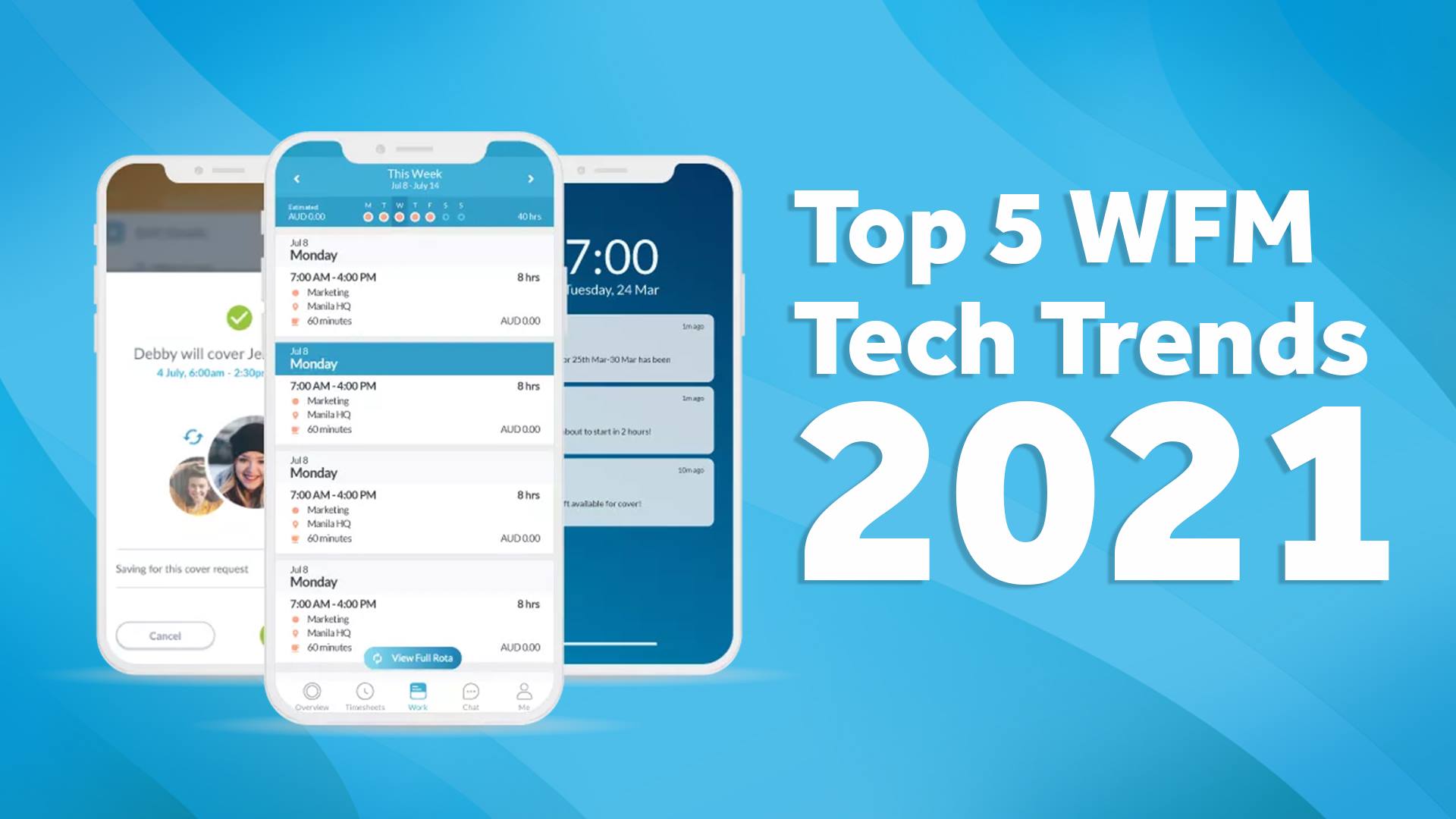Summary
-
More than 20 states are raising their minimum wages in 2025.
-
Michigan’s minimum wage will increase in two steps in 2025: $10.56 per hour starting January 1 and rising to $12.05–$12.48 per hour on February 21, pending inflation adjustments.
-
Since 2009, the federal minimum wage rate has remained at $7.25, but the rate is higher in 30 states, along with Washington, D.C., Guam, and the Virgin Islands.
Employers in the United States are bound by different laws when it comes to minimum wage rates, depending on the state or even the city they’re in. The federal minimum wage rate is a fixed national rate set by the Fair Labor Standards Act (FLSA) and enforced by the U.S. Department of Labor (DOL).
The federal minimum wage was last revised in 2009 and is currently set at $7.25 per hour. Former President Biden pushed for this to increase to $15 and bumped the minimum wage for federal contractors to $15 in 2022 — possibly as a precursor to a nationwide increase.
In response to the inertia at the federal level, over half of the US states and cities have taken the initiative to institute higher minimum wage rates in their jurisdictions in 2023. In cases like these, the law favors the rate most beneficial to the employee — in other words, the highest minimum wage.
States with higher minimum wage rates include Washington at $16.66 and the District of Columbia at $17.50. Cities with minimum wage rates higher than those of their states include New York City ($16.50 — $1 more than in New York State) and Portland, Maine ($15.50, $0.85 higher than the state).
As an employer, it’s important to understand and stay current on all the laws and regulations regarding minimum wage increases or decreases. Using the right time tracking and payroll software ensures that you remain compliant with little effort.
Whitepaper: Complete Guide to Wage & Hour Compliance
State Minimum Wage Rates in 2025
Effective January 1, more than 20 states raised their minimum wage rates in response to inflation or according to previously enacted legislation. Florida is set to increase its minimum wage rate in September.
Overall, 30 states, as well as DC, Puerto Rico, Guam, and the Virgin Islands, have a minimum wage higher than the federal rate. Fifteen states, as well as the Northern Mariana Islands, use the federal minimum wage rate of $7.25 per hour. Five states have not adopted their own minimum wage rate law and, therefore, default to the federal rate of $7.25.
View all state minimum wages in the table below.
Note: states that raised their minimum wage in 2025 are denoted by an asterisk (*)
States with MW greater than federal |
States with MW equal to federal ($7.25) |
States that have not adopted a state MW law |
| *Alaska $11.91 (from $11.73) | Northern Mariana Islands | Alabama |
| Arkansas $11.00 | Georgia | Louisiana |
| *Arizona $14.70 (from $14.35) | Iowa | Mississippi |
| *California $16.50 (From $16) | Idaho | South Carolina |
| *Colorado $14.81 (from $14.42) | Indiana | Tennessee |
| *Connecticut $16.35 (from $15.69) | Kansas | |
| District of Columbia $17.50 (may increase based on calculations on July 1, 2025) | Kentucky | |
| *Delaware $15 (from $13.25) | North Carolina | |
| Florida $13 (will increase to $14 on September 30, 2025) | North Dakota | |
| Hawaii $14 | New Hampshire | |
| *Illinois $15.00 (from $14.00) | Oklahoma | |
| *Maine $14.65 (from $14.15) | Pennsylvania | |
| Maryland $15 | Texas | |
| Massachusetts $15.00 | Utah | |
| *Michigan $12.48 | Wisconsin | |
| *Minnesota $11.13 (from $10.85) | Wyoming | |
| *Missouri $13.75 (from $12.30) | ||
| *Montana $10.55 (from $10.30) | ||
| *Nebraska $13.50 (from $12) | ||
| Nevada $12 | ||
| *New Jersey $15.49 (from $15.13) | ||
| New Mexico $12.00 | ||
| *New York $16.50 for New York City, Long Island and Westchester and $15.50 for the remainder of New York State | ||
| Ohio $10.70 | ||
| *Oregon $14.70 | ||
| *Rhode Island $15 (from $14) | ||
| *South Dakota $11.50 (from $11.20) | ||
| *Vermont $14.01 (from $13.67) | ||
| *Virginia $12.41 (from $12) | ||
| *Washington $16.66 (from $16.28) | ||
| West Virginia $11 | ||
| Virgin Islands $10.50 | ||
| Guam $9.25 | ||
| *Puerto Rico $10.50 (from $.9.50) |
Currently, the District of Columbia is the entity that has the highest minimum wage at $17.50 per hour (and may increase by July 2025).
State laws exempt some jobs or sectors from the minimum wage labor law. For example, in New Jersey, such exemptions include salespersons of motor vehicles and employees caring for children in the homes of their employers.
In some cases, states set subminimum rates for groups such as minors and students or training wages for new hires. In Rhode Island, full-time students under the age of 19 who work for nonprofit religious, education, library, or community service organizations are entitled to a minimum wage rate of $11.70. The state’s standard minimum wage rate is $14.00.
Minimum Wage in New York
At the start of 2024, New York increased its minimum wage from $14.20 to $16. This is the first increase following the final part of a series of increases in the state’s minimum wages that began on December 31, 2016.
According to the New York state website:
“The state minimum wage is scheduled to increase by $0.50 per year on January 1, 2025 and January 1, 2026. Beginning in 2027, the minimum wage will annually increase by the three-year moving average of the Consumer Price Index for Urban Wage Earners and Clerical Workers (CPI-W) for the Northeast Region.”
These increased gradually and will differ for employees working in different industries. Large employers had to increase their minimum wages faster than small employers with fewer employees.
At a local level, New York City, Long Island, and Westchester Country enjoy a minimum wage of $16.50 per hour across the board. This includes tipped workers, although employers can take up to $5 an hour off the wage as tip compensation.
Minimum Wage in California
The minimum wage in the state of California is currently $16.50, $9.25 higher than the federal minimum.
According to the California Labor Code section 1182.12, California’s Director of Finance has the authority to determine annually if an increase to the minimum wage is needed. The $0.50 increase in 2025 was deemed necessary because the CPI grew by 3% over the past year.
Due to some groundbreaking state legislation for the fast food industry, quick-service restaurants with at least 60 locations nationwide must abide by a new minimum wage of $20 per hour. This bill also establishes a Fast Food Council in the state, which has the power to raise the minimum wage going forward.
In some cases, meals or lodging can be used to meet part of the minimum wage obligation. This can only be done if agreed upon by the employer and employee and supplemented with a voluntary written agreement. The amounts credited to the employee’s minimum wage are also limited based on the information found via this official notice.
Minimum Wage in Illinois
The minimum wage for the state of Illinois increased by $1 from $14 to $15 on January 1, 2025, which means it finally reached the threshold following a series of increases that began in 2019.
Illinois workers who regularly earn tips saw an increase in minimum wage to $8.40 per hour and must still earn minimum wage after receiving tips. If they don’t, the employer must pay the difference.
Rates are higher in Chicago, where the minimum wage is currently $16.20 per hour for employers with four or more employees.
Chicago tipped workers have a minimum wage of $11.02. Similar to the state minimum wage conditions, employers must cover the difference for tipped workers if their wages plus tips do not equal at least the full minimum wage.
Minimum Wage in Florida
Effective September 2025, Florida’s minimum wage is $14 per hour. This is also part of a gradual increase of $1 per year that will lead to a $15 minimum wage rate in September 2026.
Minimum Wage in Texas
The state minimum wage in Texas is $7.25, equal to the federal rate. This has been in effect since January 24, 2009.
Employers can count tips, meals, and lodging toward the minimum wage with specified restrictions on how much can be allocated to them. There are conditions where an employer can pay a rate lower than minimum wage to an employee who is a patient of the Texas Department of Mental Health and Mental Retardation. This can also include individuals of a certain age or with “productivity impairments.”
Other exemptions covered by Texas Minimum Wage Act include:
- Employment in, of, or by religious, educational, charitable, or nonprofit organizations
- Certain professionals, salespersons, or public officials
- Domestic workers
- Certain youths and students
- Inmates
- Family members
- Certain amusement and recreational establishments
- Non-agricultural employers that are not liable for contributing to the state unemployment compensation fund
- Dairying and production of livestock
- Sheltered workshops
Minimum Wage in Nevada
Previously, Nevada had two minimum wage rates. In this two-tier system, employees who receive qualifying health insurance have a minimum wage rate of $10.25. However, if they do not receive qualifying health insurance, the minimum wage rate is $1 higher, at $11.25 per hour.
This long-standing two-tier system was eliminated in July 2024, where Nevada increased its minimum wage rate to $12.00 across the board for all employers, regardless of whether or not they offer health insurance. In 2025, the state minimum wage rate will remain at the same rate.
Staying on top of minimum wage laws as an employer
With so many differences and exemptions that affect different states and even different cities within those states, it can be tricky for an employer to remain compliant with the law.
Industries where workers earn tips can be particularly tricky, according to Workforce.com’s chief strategy officer Josh Cameron, “In hospitality or anything where you earn tips, you can pay the staff a minimum wage much lower than the normal one. So it would be $7.50 an hour if they’re not tipped, but it’s $2.50 if it’s tipped. As long as they get enough tips to get them over that—it’s called the tip credit—then they can receive the lower $2.50 per hour from their employer.”
Apart from the legal implications and the hefty fines, underpaying employees can be a PR nightmare for your business. Andrew Stirling, Workforce.com’s head of product compliance, argues, “An underpayment scandal can bring companies to their knees. Customers can decide to take their business elsewhere. People are less likely to visit a restaurant or shop that has been reported for underpaying their people.”
Workforce management software like Workforce.com takes state and local laws into account. Workforce’s labor compliance software allows you to pay your staff in accordance with federal, state, and regional wage laws. This includes exemptions and special situations, including tipped employees.
The system remains up to date as laws change, and it also undergoes regular audits, ensuring you remain compliant and avoid unnecessary penalties.
Simplify compliance with Workforce.com
Workforce.com offers HR and payroll software that give you the resources you need to calculate pay and remain up to date in the ever-changing minimum wage landscape. You can apply new compliance rules to the system as new minimum wage rates are put in place and new legislation is passed.
The system calculates correct pay for all your employees based on minimum wage, hours worked, and overtime, automatically creating highly accurate electronic timesheets. These timesheets can then be exported directly into your payroll system for processing.
To learn more about how Workforce.com stays on top of minimum wages and pays staff accurately, book a call or start a free trial today.









